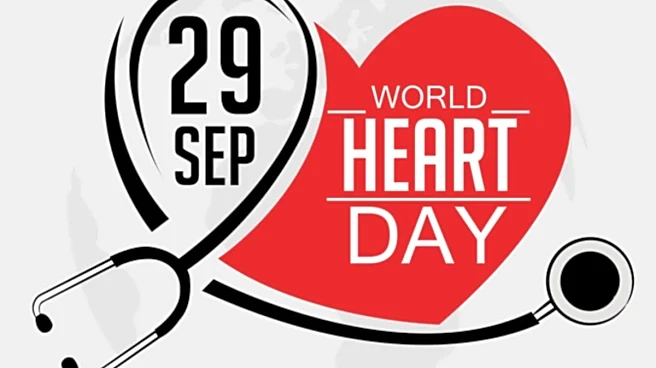
Pain and inflammation are like a double blow to your body – not only leaving you severely drained of energy but also interfering with your daily life. According to experts, while these symptoms are often signals from your body that indicate it is fighting off an underlying issue like an infection, it is very important to manage them as well. For faster recovery, you may be popping painkillers, but they come with side effects. Effective painkillers like ibuprofen, naproxen, or even aspirin work by blocking the production of prostaglandin, a natural chemical that triggers inflammation, redness, swelling, and healing activity. But prostaglandins are a huge problem, as even though they reduce pain, they also slow healing and can cause serious side effects like stomach
bleeding, kidney problems, or heart risks. And so, according to a new study, you may block pain without interfering with your body’s natural healing process. The research, published in the journal Nature, focused on a prostaglandin receptor known as EP2, which is found on Schwann cells. For the study, scientists used gene slicing technology on mice, which shut down the EP2 receptors in Schwann cells – allowing them to provide pain relief without blocking inflammation. The study revealed that mice with EP2 silenced had dramatically reduced pain after an injury, even though the inflammation response continued. Healing happened as it was supposed to, and their body’s natural recovery system worked properly. Findings of the study show that new painkiller drugs can be designed that help stop pain at the nerve-cell level – without causing any dangerous side effects to the body. While the study happened in animals, scientists now want to research it on humans to develop safe and effective drugs that target EP2 receptors in their Schwann cells.
/images/ppid_a911dc6a-image-175895725637824023.webp)



/images/ppid_59c68470-image-175886025317789156.webp)
/images/ppid_a911dc6a-image-175904128321977024.webp)
/images/ppid_a911dc6a-image-175906643883337352.webp)
/images/ppid_a911dc6a-image-175898806499499176.webp)






/images/ppid_a911dc6a-image-175887321963335311.webp)
